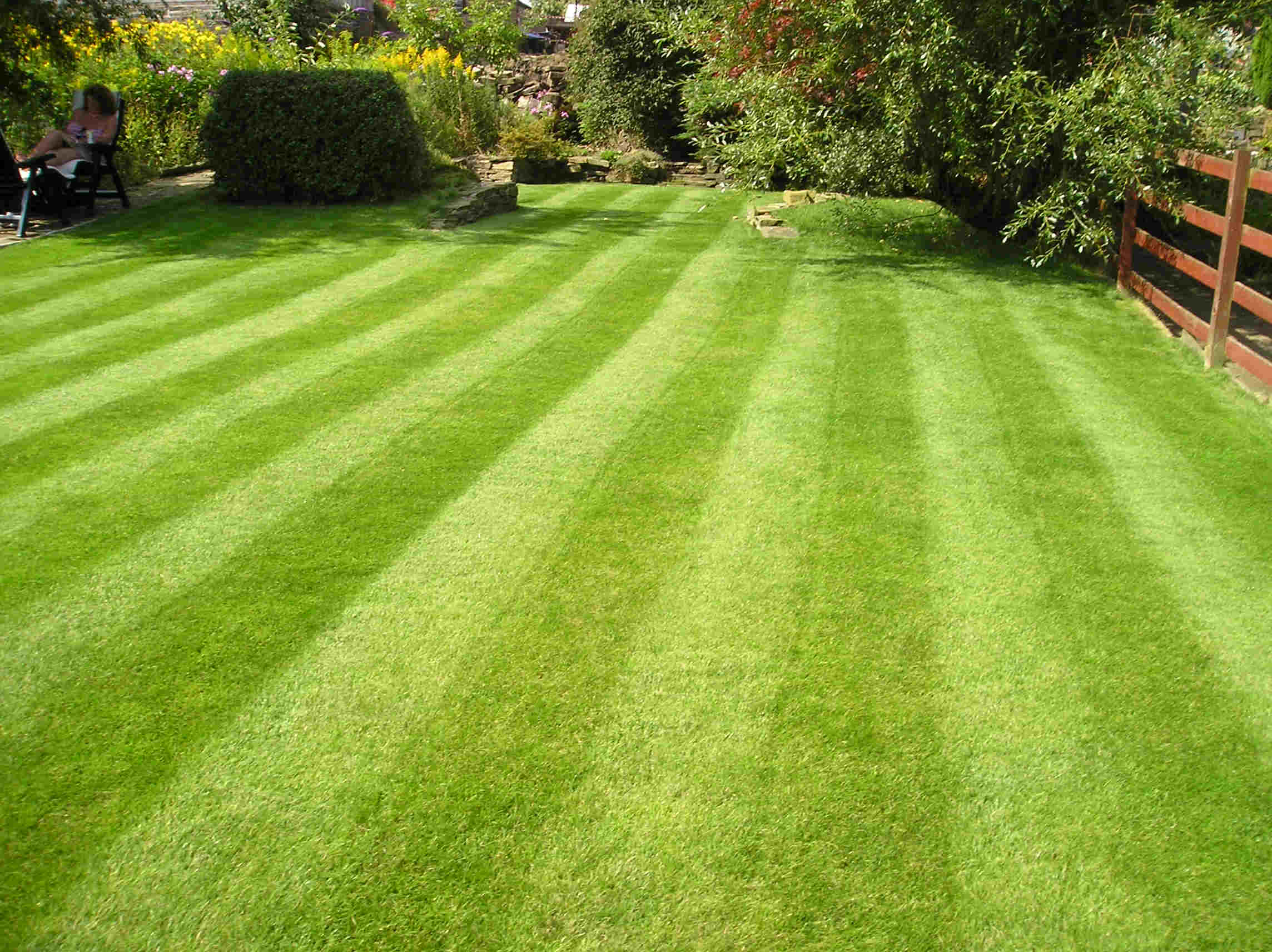 |
| Photo credit: http://ow.ly/n2e8H |
Cut to present day when, when Southern California cities plan to "cut their water imports by more than 40 billion gallons a year." This is no doubt a combination of the exorbitant cost of importing out-of-basin water, and the knowledge that soon almost a million acre-feet of that water may no longer be available to California. In order to meet water demand, many cities will instead be turning to groundwater.
However, water from aquifers is not a silver bullet. First of all, if you withdraw faster than the recharge rate, you deplete the aquifer. Since LA diverts so much of its precious surface water, the recharge rate is artificially slowed, while at the same time the region will be pumping more out of the ground. This does not equate to sustainability. Second, when aquifers deplete, subsidence can occur, a process where the land actually settles downward to fill in the void left by the groundwater. In extreme circumstances, this can cause sinkholes. In more mundane cases, it can threaten the structural integrity of buildings and roads.
So the real answer is, Los Angeles must conserve. It has always been one of the more ludicrous environments in which to build a city, much less one populated by expansive, green lawns. Los Angeles only came into existence by sucking dry the entire Owens River Valley and transporting the water hundreds of miles through the desert.
In his piece for Stanford's Bill Lane Center for the American West, Fleck writes about Stein's Law, whereby, "if something cannot go on forever, it will stop." So it makes sense that, once other states in the Colorado River threatened to cut California off, Los Angeles is ramping up its "Cash for Grass" rebate program. 848 participating households just aren't going to cut it - the region needs to see water savings on a large scale.
Because up to 70% of water from LA's water utility goes to outdoor use, the lawn is the most logical place to start. Increasing the amount offered per square foot of lawn removed from $1.50 to $2 may not seem like much, but combined with a vigorous public awareness campaign, it could move LA closer to an example of water sustainability.
No comments:
Post a Comment